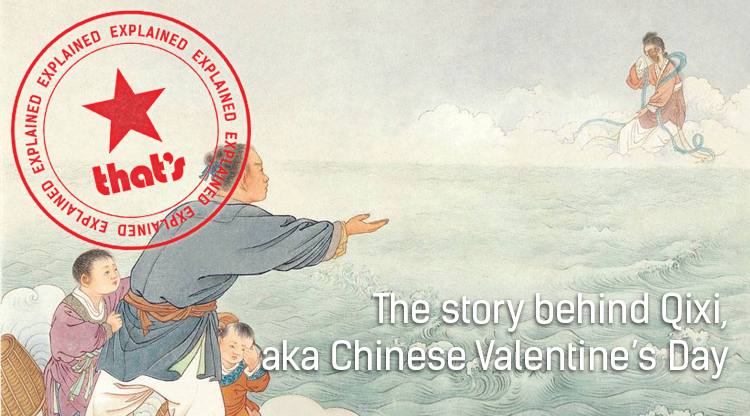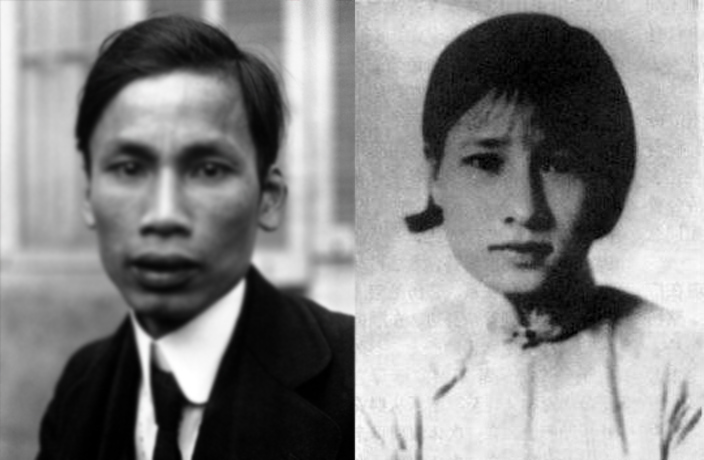In January 1937, the gruesome murder of Pamela Werner, the 19-year-old daughter of retired British consul and academic E. T. C. Werner, resident in Beijing, shook China and the world. But as China entered one of the darkest moments of its history, the case was soon forgotten and this mystery of old Beijing remained unsolved. That is until 2011, when Paul French published the best-selling Midnight in Peking, using archival evidence to write a compelling crime story that enthralled readers around the globe.
Among them was retired police officer Graeme Sheppard, who was left unconvinced by the evidence presented by French and set out to discover the truth behind the murder mystery. His findings resulted in the new book A Death in Peking: Who Really Killed Pamela Werner?, which launched in Beijing in October. We talk with the author about his discoveries and how it feels to reopen a case from 80 years ago.

Your book contains well-informed descriptions of a specific time in Beijing and China’s history. How well did you know China before working on the book?
History has always been an interest of mine but, unsurprisingly, I read mostly about European history. My knowledge of Chinese history was there but was very rudimentary and during this research it increased tenfold – something that I really appreciated. My wife had a tenuous relationship with China herself – her grandfather, consul Fitzmaurice, being a consul in Beijing at the time of the murder and then coroner for the case.
What made you interested in the case and motivated you to go about continuing French’s research and solving Pamela’s murder?
As you can guess, most police officers like me are not interested in crime stories in their spare time. We see such awful things at work already. It was my wife, whose grandfather was featured in a small way in Midnight in Peking, who asked me to read it and tell her what I thought about the book. I reluctantly started reading, and was immediately suspicious of how Pamela’s father, E. T. C. Werner, was able to identify the suspects we can read about in French’s book. I was still working at the time and it was easy for me to access the national archives during a day off and read the original letters written by Werner. Once I read them, I immediately realized how wrong they were. My curiosity was piqued, and I started looking into other documents, finding out about new and compelling theories. I thought it was wrong that people who were not able to answer for themselves are now thought by so many to be responsible for a murder they might not have committed, and I wanted to rectify that.
"I thought it was wrong that people who were not able to answer for themselves are now thought by so many to be responsible for a murder they might not have committed, and I wanted to rectify that."
What are the main differences between your book and French’s?
I believe French’s mistake was to rely too heavily on the words of E. T. C. Werner, Pamela’s father, and look no further than his murder theories, whereas in my book I cast my net across the world in order to find archival evidence. Through research and brand-new evidence, I found the most realistic offender to be an old acquaintance of Pamela’s, who she met in school.
What were the highlights of your research?
One of the most rewarding moments was discovering more about Mr. Pinfold, a suspect that appeared only briefly in Midnight in Peking and was such an obscure figure, who left such a small footprint on the world. Also discovering the three frauds by Sir Edmund Backhouse [known as 'The ermit of Beijing'], a famous and controversial figure at the time, was exciting. Moreover, the research process was a nice exercise in the use of the Internet, contacts and in thinking laterally, but also an exercise in perseverance.
Is this the final word on the Pamela Werner case?
This case is very complex and involves archival materials from all over the world. It is possible that there is more to be found elsewhere, potentially in China. But even if there was something more to be found, I doubt that it would provide more suspects. I think it would probably reinforce the theory I outline in the book. While researching, though, I found a lot of interesting material that will go into a future project… but that’s all I can say for now.

[Images courtesy of Graeme Sheppard and Earnshaw Books]
A Death in Peking by Graeme Sheppard is published by Earnshaw Books and is available on Amazon. For more information, visit the official blog.






















0 User Comments